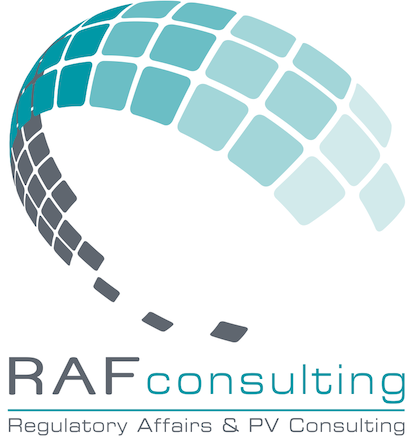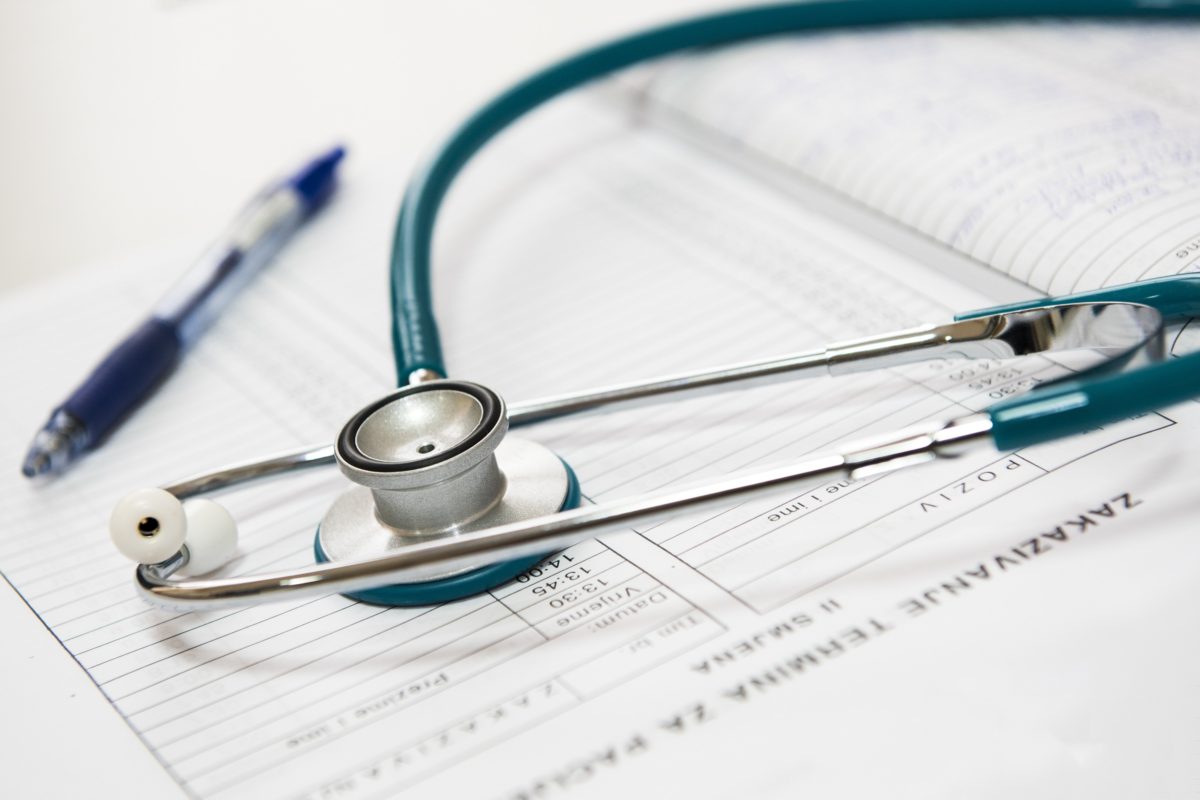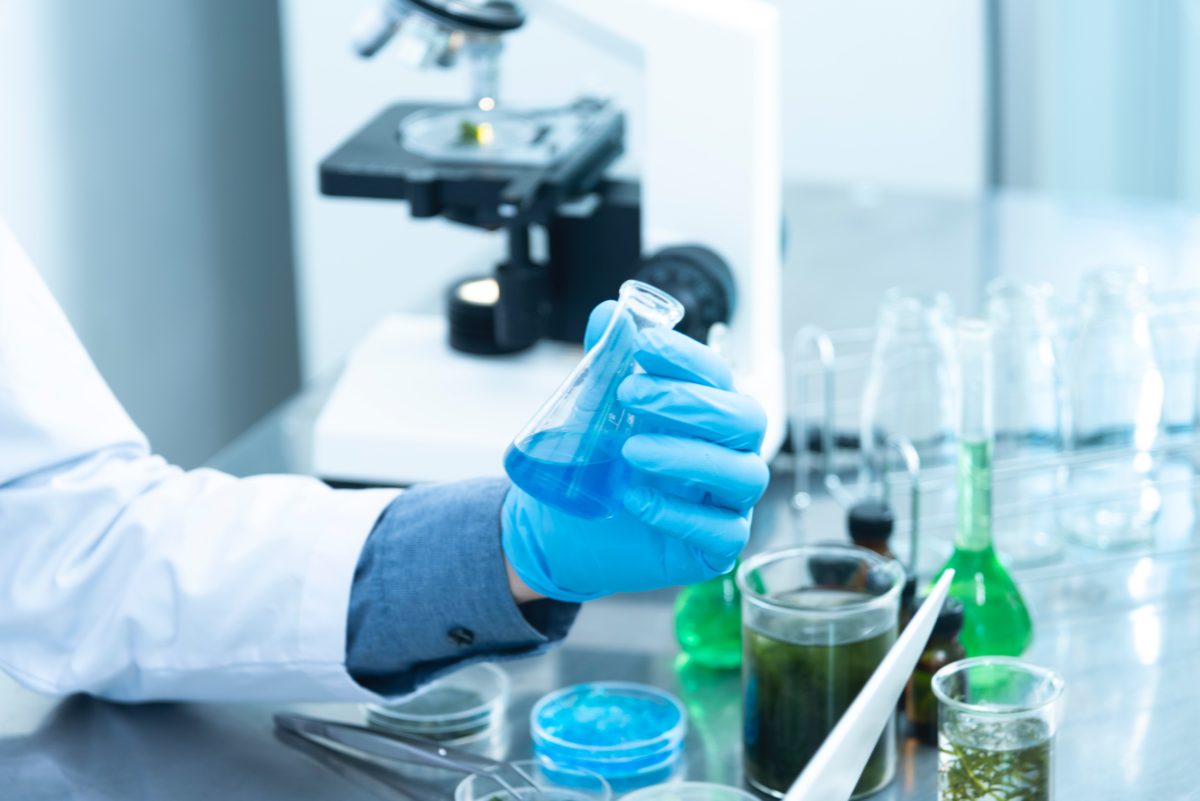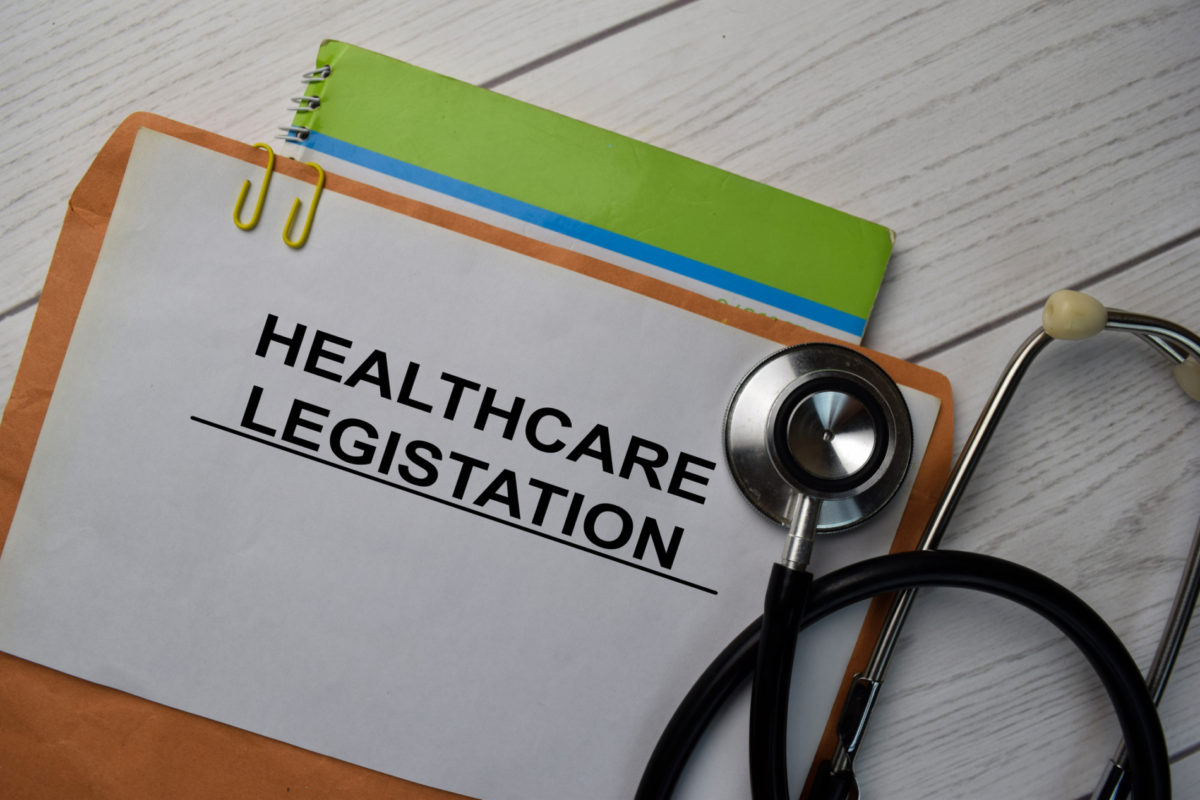The Pharmacopoeia of the United Mexican States is the regulatory document for health supplies established in the General Health Law and issued by the Ministry of Health, which helps to guarantee public health by consigning:
• Methods of analysis and reference substances
• Requirements on the specifications of identity, purity and quality of inputs for health and their raw materials.
Mexico is the only country that has a supplement to the Pharmacopoeia specialised in Medical Devices, which was published for the first time in 2006. Currently the prevailing edition is the 4th, and it was published in 2017.
What is it?
The supplement is a specialised book, which is constantly updated, where the rules are described, through monographs and analysis methods, that a Medical Device must comply with to demonstrate its indication for use. That is, to demonstrate that a product can diagnose, prevent, watch or monitor, or that it will function as an aid in the treatment of diseases as long as it is not through pharmacological, immunological or metabolic mechanisms, and its safety is demonstrated through clinical studies.
This compendium is mandatory and has the same regulatory value as an Official Mexican Standard, and the Secretary of Health monitors its compliance through the Federal Commission for Protection against Sanitary Risks (COFEPRIS).
How is it composed?
Content
• GeneralitiesChapter – Contains instructions on how to consult the supplement, some instructions to consult the general methods, explains the different devices it contains, the general interpretations that you must take into account when reading a monograph.
• Chapter on Solutions and reagents – Explains the preparation of 333 reagent solutions, volumetric solutions, buffer solutions, indicator solutions and indicator papers, which will be used in the different chemical determinations.
• General Methods of Analysis Chapter – Contains 65 described methods. These methods appear individually in this chapter when they apply to more than two monographs, otherwise the specific method is included within the device monograph
This chapter contains general methods (MGA) which are shared methods with medicine, that means they can apply to both Medical Devices and drug products; and specific methods that only apply to MGA-MD Medical Devices. These methods are based on bibliography, norms or reference standards or specifications that verify the effectiveness of products, in order to establish safe methods that guarantee each batch that is manufactured with the required quality.
• Medical Device Monographs Chapter – Contains 224 monographs in alphabetical order, some are product-specific (eg oxygen concentrators), but some are general, such as sutures, as it applies to an entire family of products. Through a monograph the largest number of Medical Devices is brought together because the world of these supplies is very wide and variable, and it is a great challenge to include and customise them.
They vary according to the category of the MD, but in general terms they must contain the following:
o Title
o Product designation – Name or generic description given to the product based on its characteristics.
o Description.
o Finish – Indicates the product characteristics of the finished product and generally includes requirements that, together with functionality tests, determine whether the medical device is suitable for use.
o Identity of the manufacturing material.
o Limits- Based on analytical practice. Prescribed to determine if the substance under examination meets the requirements of the monograph.
o Marking and labeling.
o Figures – Diagrams that allow easier identification of the medical device.
• Radiopharmaceutical Monographs Chapter: Contains 224 monographs for this type of products.
• Appendices- Contains the following 10 appendices:
o Sanitary regulation applicable to MD.
o Criteria for MD classification.
o Guidelines for obtaining the sanitary registration.
o MD grouping criteria for health registration purposes.
o Application of MD risk management.
o Conservation and management of reference microbial cultures.
o Microbiological analysis of non-sterile products.
or Glossary.
o Technovigilance activities.
o Biocompatibility. A table for the selection of tests harmonised with ISO 10993 is included.
Source: Pharmacopoeia of the United Mexican States, Medical Devices Supplement, 4th Edition, 2017.




